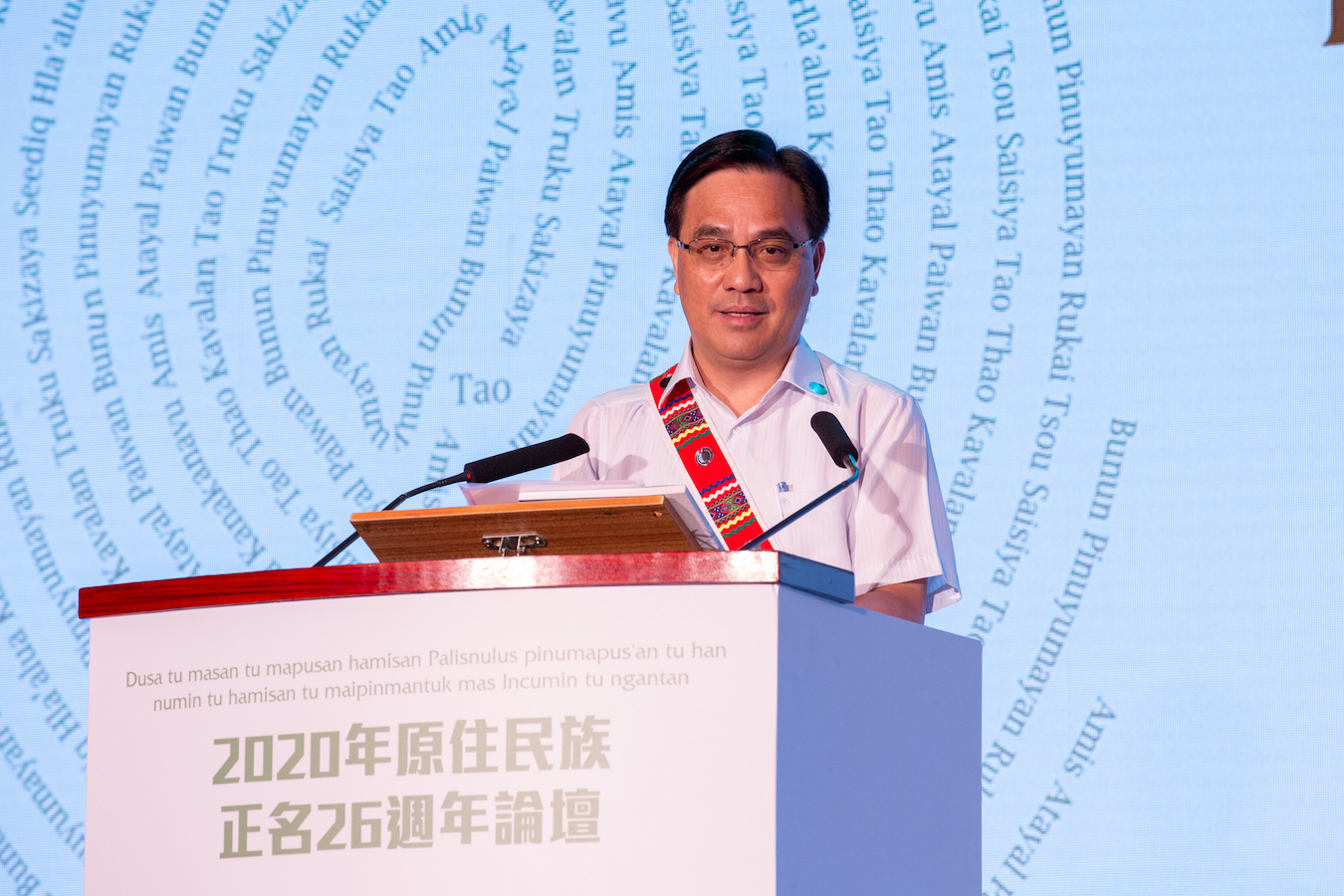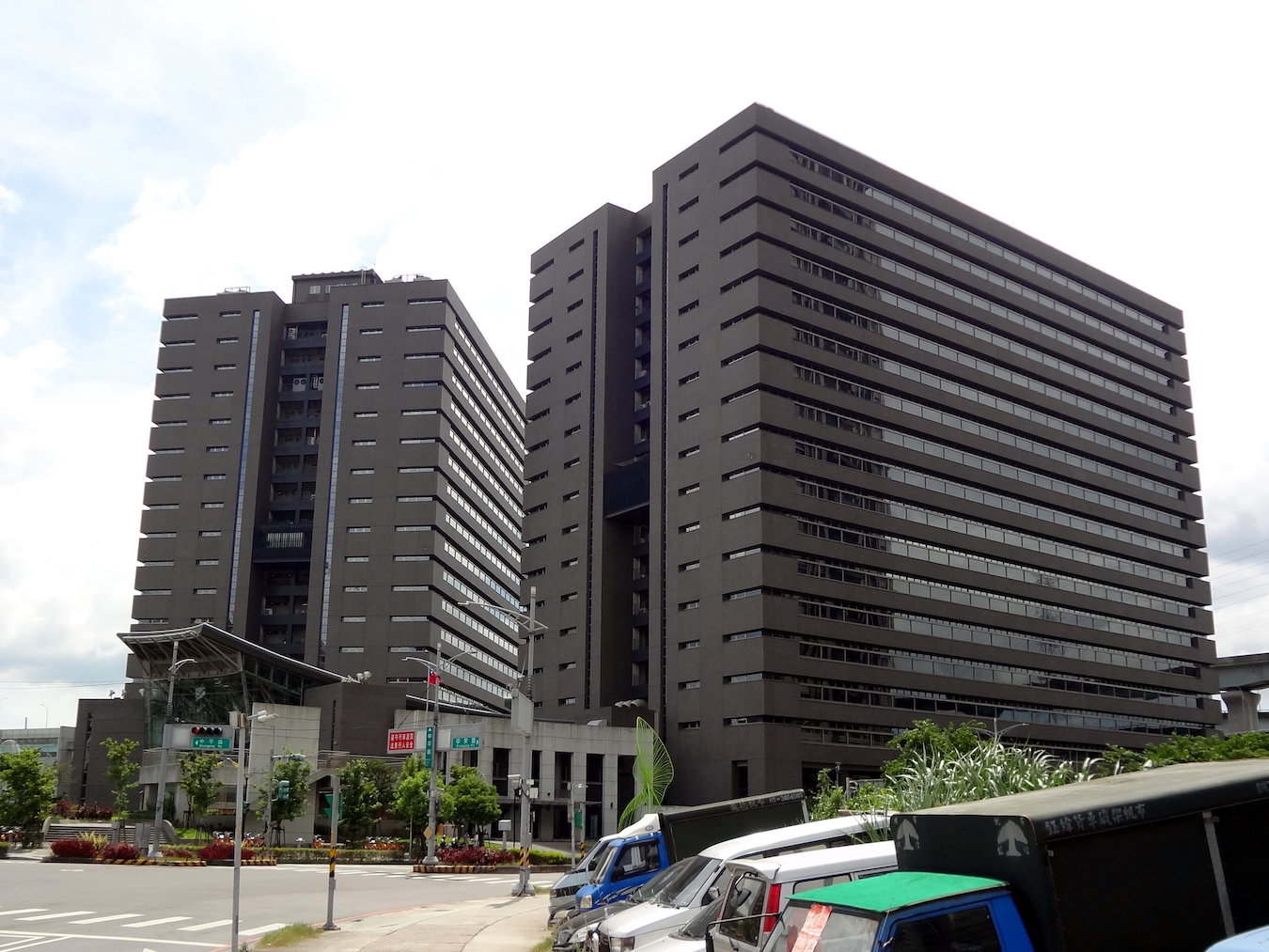by Brian Hioe
語言:
English
Photo Credit: Solomon203/WikiCommons/CC BY-SA 4.0
THE CONSTITUTIONAL COURT ruled on Friday in favor of the recognition of the Siraya and other Pingpu groups as “Indigenous.” This reverses a previous ruling by the Taipei High Administrative Court in 2016 against Pingpu recognition and was a rare ruling by the Constitutional Court in which all 15 Grand Justices voted unanimously. New laws will need to be drafted within three years to allow for Siraya and Pingpu recognition, changing the Status Act for Indigenous Peoples.
The Siraya are the largest of Taiwan’s Pingpu groups, which includes the Kavalan, Ketagalan, Taokas, Pazeh, Papora, Babuza, Hoanya, and Makatau. Groups currently recognized as Indigenous are categorized as either Highland Indigenous and Plains Indigenous, and include the Amis, Atayal, Bunun, Hla’alua, Paiwan, Pinuyumayan, Rukai, Saisiyat, Yami, Thao, Truku, Tsou, Kanakanavu, Kavalan, Sakizaya, and Sediq. Before the ruling, the Kavalan were the only Pingpu group that was legally recognized as Indigenous, though this only applied to individuals that registered as Indigenous within a certain timeframe and their descendants. Generally speaking, apart from other legal specifications, qualification as Indigenous applies to individuals that registered as Indigenous in 1956, 1957, 1959, or 1963.
Siraya groups and Pingpu activists have hailed the ruling as a victory, in granting Indigenous status that they have long struggled for. Namely, Pingpu were denied recognition as Indigenous with the claim that their culture had been assimilated by Han groups for a longer period of time, warranting their no longer qualifying as Indigenous.
However, it is probable that there will be pushback in the wake of the ruling from the Council of Indigenous Peoples and some members of previously recognized Indigenous groups. Contestation will likely center around the text of the law. Multiple versions of the law will be proposed by lawmakers and government bureaus and be fought over, with the eventual version for legal changes to be signed into law by the legislature.
 Icyang Parod. Photo credit: Presidential Office/Flickr/CC BY 2.0
Icyang Parod. Photo credit: Presidential Office/Flickr/CC BY 2.0
Setting a deadline for changing the law but not specifying the specific text of laws has occurred several times in recent memory for controversial decisions ruled on by the Constitutional Court or Court of Grand Justices. This includes the 2017 ruling by the Council Grand Justices in favor of legalizing gay marriage and an April ruling that struck down Article 4, Paragraph 2 of the Status Act for Indigenous Peoples.
The article required individuals that are children of marriages between Indigenous and non-Indigenous peoples to take on an Indigenous last name from a parent in order to qualify for Indigenous legal status. Consequently, the ruling allows for more mixed-race individuals to claim Indigenous status, affecting an estimated 95,000 people. In the wake of the ruling, the government was given a two-year window to change existing laws.
In particular, Council of Indigenous Peoples head Icyang Parod has been among those to take a stance against Pingpu recognition. The pushback against Pingpu recognition seems to largely stem from fear of the limited resources provided for Indigenous groups to maintain their culture being further divided through Indigenous recognition. Likewise, there is concern about individuals with unverified backgrounds being able to claim Indigenous status through an expansion of the criteria for legally qualifying as Indigenous. It is this fear that has also led to pushback against calls for recognition of mixed raced Indigenous. Arguing against this, Pingpu groups have pointed to the history of activism calling for recognition since 1990, cultural revitalization efforts as the establishment of language schools, and how denying Pingpu recognition as Indigenous continues how Pingpu groups have been deprived of their names and recognition by colonial regimes for centuries.
 Executive Yuan building housing the Council of Indigenous Peoples. Photo credit: Solomon203/WikiCommons/CC BY-SA 4.0
Executive Yuan building housing the Council of Indigenous Peoples. Photo credit: Solomon203/WikiCommons/CC BY-SA 4.0
The government originally proposed listing Pingpu peoples as “Pingpu Indigenous people”, as a new category. It was claimed that more resources would be devoted to cultural preservation efforts under this framework, but this was rejected by Siraya activists. Younger Indigenous activists such as Savungaz Valincinan, and Indigenous public intellectuals such as Awi Mona and Bavaragh Dagalomai are among those to support allowing for Pingpu recognition, as has the Control Yuan’s National Human Rights Commission.
It is thought that close to one million people could qualify for Pingpu status once laws change, which is around 4% of Taiwan’s population, though this figure depends on estimates that vary.
As the deadline for changing laws pertaining to Pingpu recognition is three years from now, compared to the two years deadline set for mixed-race recognition previously established by the Constitutional Court, it is probable that the debate and discourse around the latter–and its ultimate outcome–will affect the former. How this plays out is to be seen.

